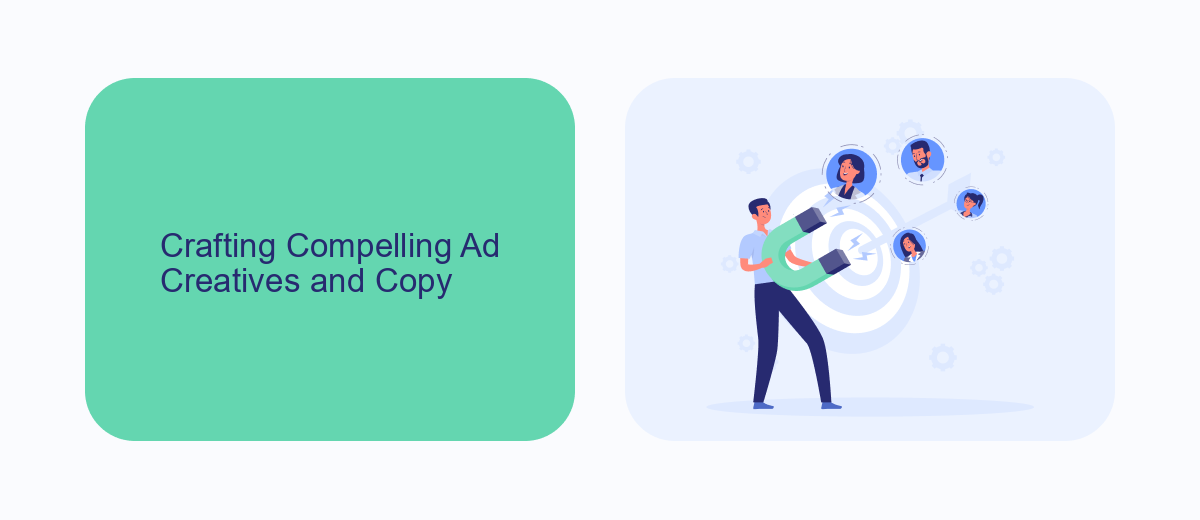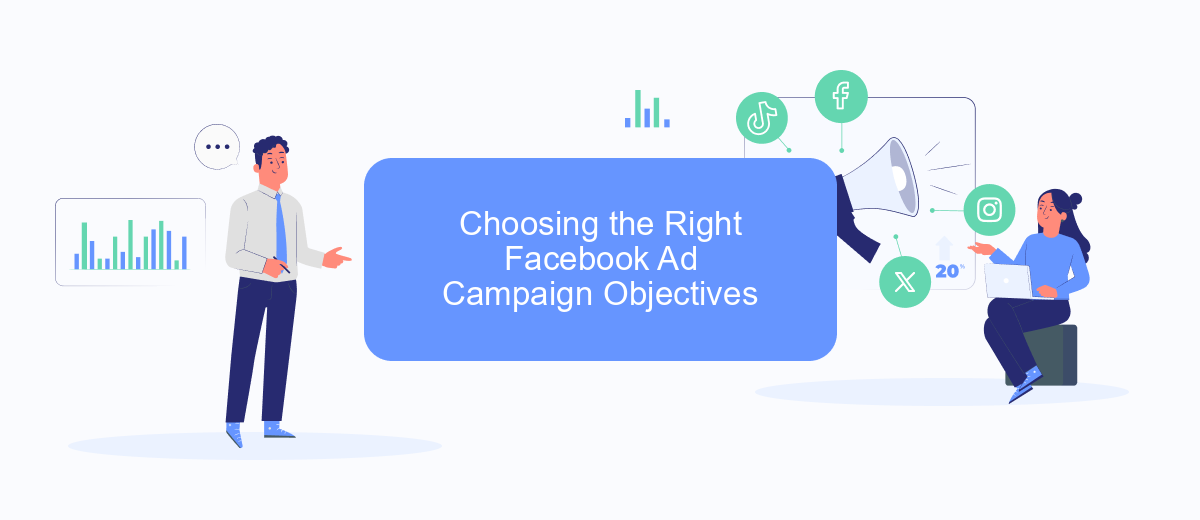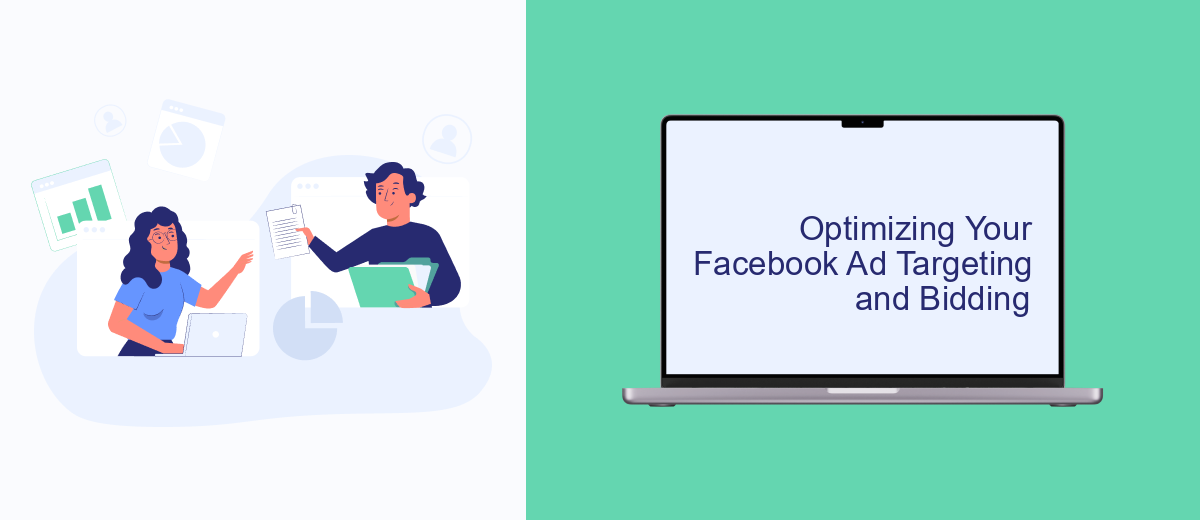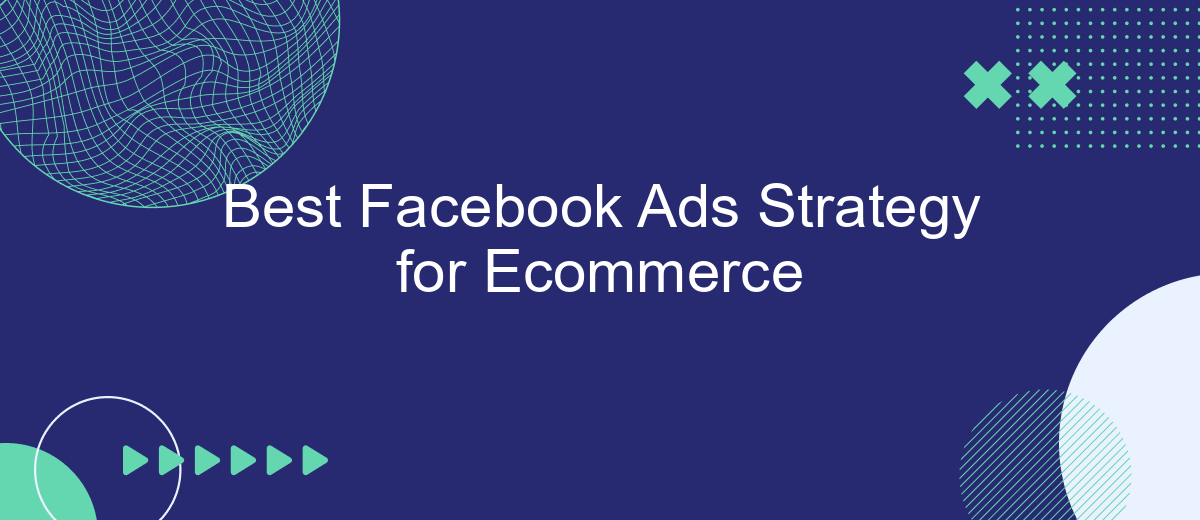In the rapidly evolving world of ecommerce, a robust Facebook Ads strategy can be the key to unlocking significant growth and reaching a broader audience. With over 2.8 billion monthly active users, Facebook offers unparalleled opportunities for businesses to engage with potential customers. This article explores the best practices and innovative strategies to optimize your Facebook Ads campaigns, driving sales and enhancing brand visibility in the competitive ecommerce landscape.
Understanding Your Target Audience and Goals
Understanding your target audience and setting clear goals are foundational steps in crafting effective Facebook ad strategies for eCommerce. Knowing who your potential customers are allows you to tailor your messages and offers to meet their specific needs and preferences. This means considering demographics, interests, online behavior, and purchasing habits. By aligning your advertising goals with your audience's characteristics, you can create more personalized and impactful ad campaigns.
- Identify key demographics: age, gender, location, and language.
- Analyze interests and behaviors: hobbies, online activities, and shopping habits.
- Define clear goals: brand awareness, lead generation, or sales conversion.
- Utilize Facebook Audience Insights to refine your audience profile.
- Segment your audience for targeted ad delivery.
By deeply understanding your target audience and establishing specific advertising objectives, you can optimize your campaigns for better engagement and conversion rates. This strategic alignment not only enhances the relevance of your ads but also maximizes ROI by ensuring that your marketing efforts are directed towards the most promising customer segments. Ultimately, this approach lays the groundwork for a successful and sustainable eCommerce advertising strategy on Facebook.
Crafting Compelling Ad Creatives and Copy

Creating compelling ad creatives and copy is essential for capturing the attention of your target audience and driving conversions. Start by understanding your audience's preferences and pain points. Use high-quality images or videos that resonate with your brand and product. Ensure that your visuals are not only eye-catching but also convey the message clearly and effectively. Consistency in style and tone across all creatives helps in building brand recognition and trust.
When it comes to ad copy, clarity and conciseness are key. Craft headlines that are attention-grabbing and relevant to the audience. Use persuasive language that highlights the benefits of your product, and include a strong call-to-action to encourage immediate engagement. A/B testing different versions of your ad copy can provide valuable insights into what resonates best with your audience. Additionally, consider using tools like SaveMyLeads to streamline lead generation and integration processes, ensuring that your ad campaigns are not only creative but also efficient in capturing and managing leads.
Choosing the Right Facebook Ad Campaign Objectives

Choosing the right Facebook ad campaign objectives is crucial for achieving success in ecommerce. The objective you select should align with your business goals and the specific outcomes you want from your campaign. With Facebook offering a variety of objectives, it's important to understand which one will best serve your ecommerce needs.
- Brand Awareness: Use this objective to increase recognition of your brand among potential customers.
- Traffic: Drive visitors to your ecommerce site or specific landing pages to boost engagement and potential sales.
- Engagement: Encourage interactions with your content, such as likes, comments, and shares, to build a community around your brand.
- Conversions: Focus on driving actions like purchases or sign-ups, using Facebook's tracking tools to measure success.
- Catalog Sales: Ideal for ecommerce businesses, this objective allows you to showcase products directly from your catalog to interested users.
By carefully selecting the appropriate objective, you can ensure that your Facebook ad campaigns are tailored to meet your ecommerce goals. Regularly review and adjust your objectives based on performance data to optimize your advertising strategy and drive better results.
Optimizing Your Facebook Ad Targeting and Bidding

When it comes to optimizing your Facebook ad targeting, precision is key. Start by defining your ideal customer profile and use Facebook's detailed targeting options to reach them effectively. Consider factors like age, gender, location, interests, and behaviors to narrow down your audience. A well-defined target audience not only increases the chances of engagement but also ensures your ad budget is spent wisely.
In addition to targeting, setting the right bidding strategy is crucial for maximizing your ad performance. Facebook offers various bidding options, such as cost-per-click (CPC), cost-per-thousand-impressions (CPM), and cost-per-action (CPA). Choose the one that aligns with your campaign goals and budget constraints. Regularly monitor your campaign performance and adjust your bid amounts to maintain competitive positioning.
- Utilize Facebook's Audience Insights to refine your target demographics.
- Experiment with Lookalike Audiences to reach new potential customers.
- Set a daily or lifetime budget to control your spending effectively.
- Leverage A/B testing to compare different ad creatives and targeting options.
By continuously analyzing and tweaking your targeting and bidding strategies, you can enhance the efficiency of your Facebook ad campaigns. Stay informed about platform updates and trends to adapt your approach and maintain a competitive edge in the ever-evolving ecommerce landscape.
Monitoring, Analyzing, and Refining Your Campaigns
Effectively monitoring your Facebook ad campaigns is crucial for ecommerce success. Start by setting clear KPIs such as click-through rates, conversion rates, and return on ad spend. Utilize Facebook Ads Manager to track these metrics in real-time. Regularly review your ad performance to identify trends and patterns. This allows you to make data-driven decisions and quickly address any issues, such as low engagement or high cost-per-click. Additionally, consider integrating SaveMyLeads to automate data collection and streamline your monitoring process, ensuring you never miss critical insights.
Analyzing your campaign data is the next step. Dive deep into audience demographics, ad placements, and creative performance to understand what resonates with your audience. Use A/B testing to experiment with different ad elements. Once you have the insights, refine your strategy by adjusting targeting, budgets, and creatives to optimize performance. Continuously testing and refining your campaigns will help you stay ahead of the competition and maximize your ecommerce revenue. Remember, the key to successful Facebook advertising lies in constant evaluation and adaptation.
FAQ
What is the best Facebook Ads strategy for ecommerce businesses looking to increase sales?
How can I effectively target my audience on Facebook for ecommerce ads?
What type of ad format works best for ecommerce on Facebook?
How can I measure the success of my Facebook Ads for ecommerce?
How can I automate and optimize my Facebook Ads campaigns for better performance?
What do you do with the data you get from Facebook lead forms? Do you send them to the manager, add them to mailing services, transfer them to the CRM system, use them to implement feedback? Automate all of these processes with the SaveMyLeads online connector. Create integrations so that new Facebook leads are automatically transferred to instant messengers, mailing services, task managers and other tools. Save yourself and your company's employees from routine work.
